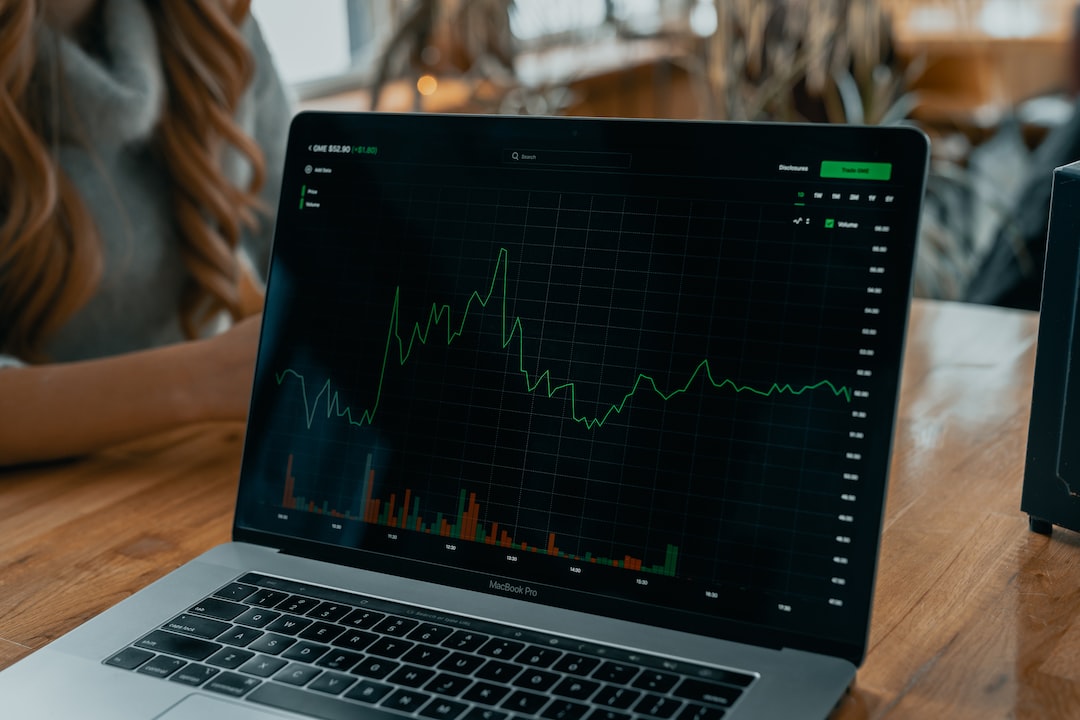As an investor, it’s important to understand the tax implications of your forex trading profits before filing your taxes. Forex traders are taxed differently than other investors, so it’s important to understand how to claim your profits on your 2017 tax return. There are several ways to report forex trading profits, and the method you choose will depend on your individual circumstances.
The first step in claiming forex profits on your 2017 tax return is to determine whether you are a trader or an investor. If you are a trader, you are considered self-employed, and you must report your profits and losses on Schedule C of your tax return. If you are an investor, you will report your profits and losses on Schedule D of your tax return.
If you are a trader, you can deduct your trading expenses from your profits, including the cost of software, data feeds, and other expenses related to your trading activities. You can also deduct your losses from your profits, which can help reduce your tax liability.
To claim forex trading profits on your 2017 tax return, you will need to keep accurate records of all your trades, including the date, time, and price of each trade. You should also keep track of your profits and losses on a daily basis, as well as any fees or commissions you paid to your broker.
When it comes time to file your tax return, you will need to complete Schedule C, which is used to report self-employment income and expenses. On Schedule C, you will report your forex trading profits as income, and you will deduct your trading expenses from your profits. You will also need to pay self-employment tax on your profits, which is currently set at 15.3%.
If you are an investor, you will report your forex trading profits on Schedule D of your tax return. On Schedule D, you will report your profits and losses from your forex trading activities, as well as any other capital gains or losses you may have had during the year. You will need to include the date, time, and price of each trade, as well as any fees or commissions you paid to your broker.
When calculating your capital gains or losses, you will need to use the adjusted cost basis of your forex assets. This is the original cost of the asset, plus any additional expenses you incurred when purchasing the asset, such as commissions or fees. You will also need to adjust the cost basis for any dividends or distributions you received during the year.
If you had a net capital gain during the year, you will be subject to capital gains tax. The tax rate for long-term capital gains is currently 15% for most taxpayers, while the tax rate for short-term capital gains is equal to your ordinary income tax rate.
In conclusion, if you are a forex trader or investor, it’s important to understand how to claim your profits on your 2017 tax return. Keep accurate records of all your trades and expenses, and choose the appropriate tax form for your situation. By following these steps, you can minimize your tax liability and maximize your profits.





